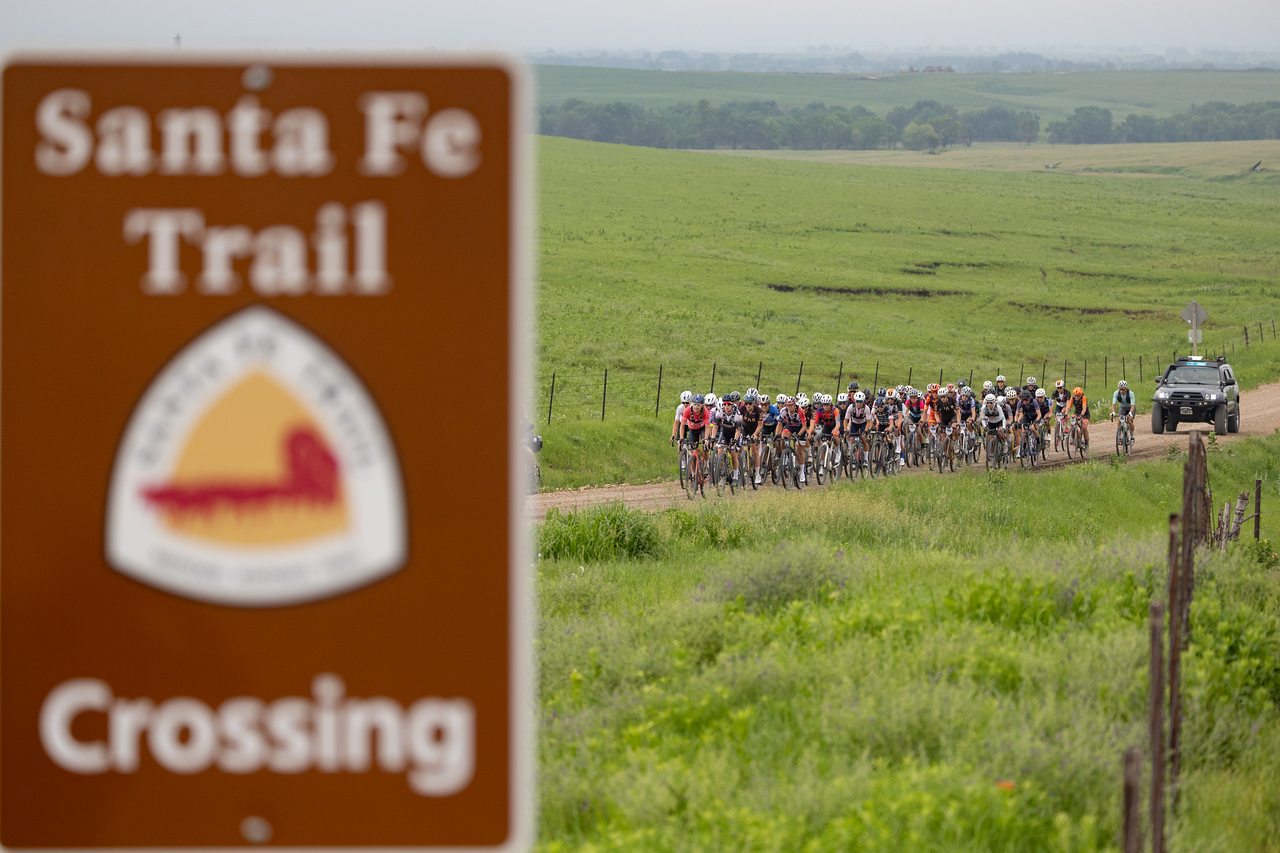OAKMONT, Pa. — It’s not necessarily breaking news that Oakmont Country Club is hard. It doesn’t have that warning sign like Bethpage Black, but it doesn’t need one.
Here, we’ll let John Bodenhamer, the USGA’s chief championships officer, explain:
“The thing that is here at Oakmont more than anything else that impacts golf and the test is simply gravity. That’s the property,” he said, speaking to the media during the USGA’s pre-tournament press conference on Wednesday. “The rough. It’ll be about the rough. It’s thick and consistent. I don’t believe that anybody that’s playing consistently from the rough this week will have success. We’ll see. These players are the best in the world. Bunkers, lots of risk and reward. Where have you gone where you’ve seen a U.S. Open, let alone a major championship, where they have ditches, strategic ditches? I never have been, but Oakmont has them, and it’s magnificent.
“Then, of course, to me, Oakmont is about magnificent putting greens,” he continued. “They’ve always been the fastest in the game. They’ve always been the most treacherous, and they’re spectacularly special. Finally, the sixth lever I believe here at Oakmont that maybe shines brighter than most other venues is psychological. Oakmont is relentless. There’s no letup. It’s a grind. That’s the U.S. Open. There are limited opportunities to catch up once you get behind. So that element of I’ve got to hit the perfect shot and make birdie … it’s a relentless grind.”
Catch all of that?
That psychological part is important. The rough, the greens — the church pew bunker — it’s all intimidating.
And that famous church pew bunker might headline it all — and it’s probably the most famous bunker in golf. It’s massive, it looks terrifying and you definitely do not want to hit from it. Golfers know it’s there, too. The trouble always finds your eye.
;)
Getty Images
Oakmont Country Club, in Oakmont, Pa., was founded in 1903 by Henry C. Fownes, who also designed it. In the early 1900s, there were six individual bunkers separating the 3rd and 4th fairways, but between the 1927 and 1935 U.S. Opens, they connected the outsides to give them the church pew look they have now.
They have continued to slowly evolve since.
Another pew was added to the bunker after the 1962 U.S. Open and four more were added before the 2007 U.S. Open. Prior to this year’s U.S. Open (Oakmont’s record 10th), Gil Hanse led a course restoration, and the church pew bunker was not spared. They extended it by about 15 yards and added another pew to prevent players from hitting drives over it while playing the par-4 3rd.
Now the church pew bunker spans over 26,000 feet, is 102 yards long and 42 yards wide (and holds more than 550 tons of sand). The pews (13 of them) are about three feet tall, although the maintenance team tries to keep the grass more thin and wispy for members. This week, you’ll see a more dense version.
“We really returned them to how they looked in the Fownes era where there is some variation and elevation of the church pews,” Mike McCormick, Oakmont’s head superintendent, told GOLF.com. “You might land in the sand and have a big mound in front of you, or you might have a more shallow mound in front of you.”
And if you were wondering, it takes about four or five staffers 45 minutes to hand rake the church pew bunker for the U.S. Open.
For more on the church pew bunker and how the Oakmont maintenance staff readies one of the most famous courses in the world for a U.S. Open, check out the video on this page or watch it on YouTube below.
“>











